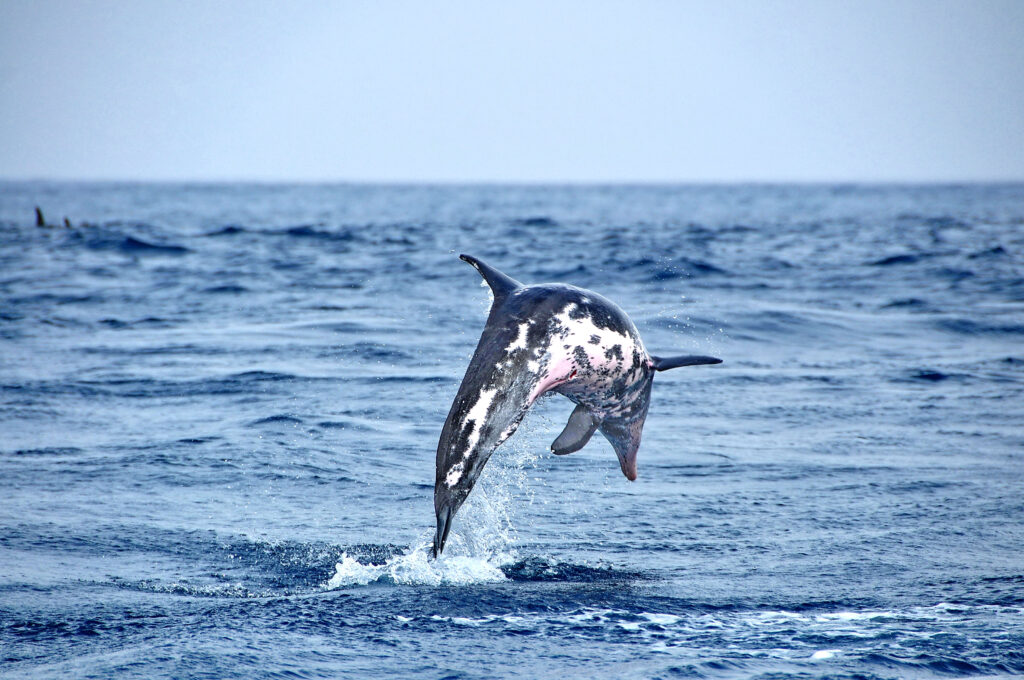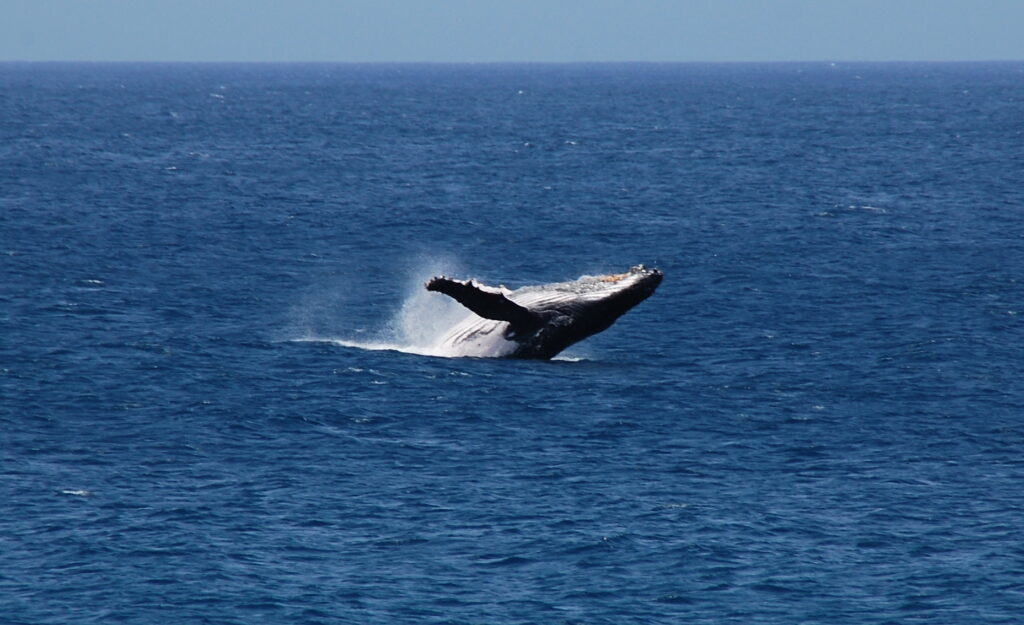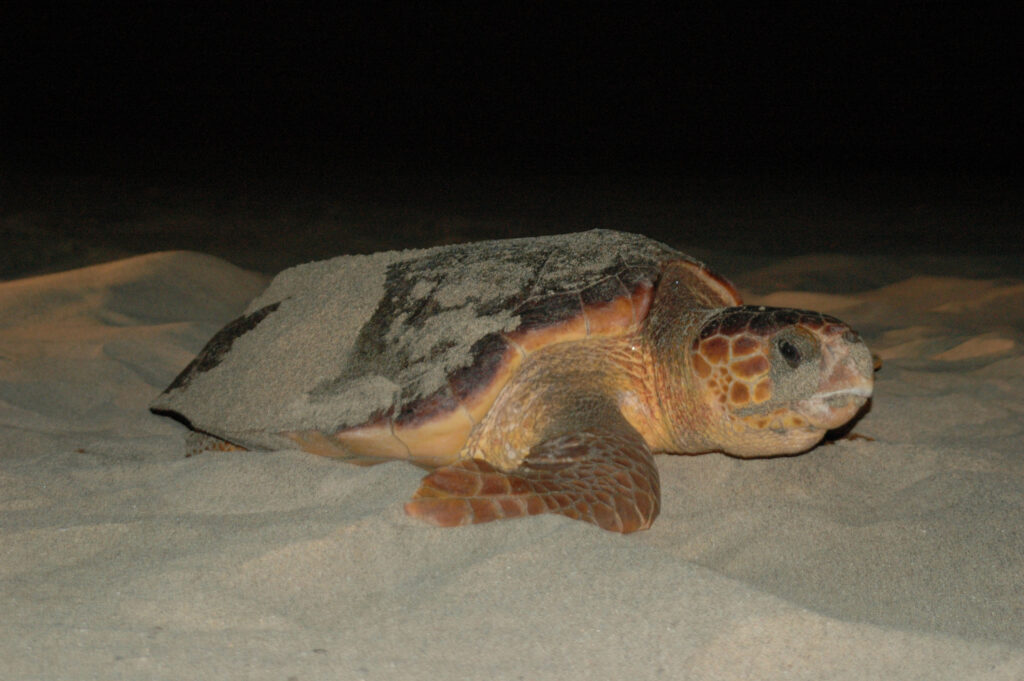


Fauna in Sal island
Sal Island presents a captivating array of wildlife that is as diverse as it is unique in Cape Verde. The island’s fauna, adapting to its dry and rugged terrain, offers a glimpse into the resilience and adaptability of life in challenging environments. From the roaming wild goats that traverse its landscapes to the diverse marine life that thrives in its surrounding waters, Sal Island is a testament to nature’s ability to flourish under a variety of conditions.
Terrestrial fauna
The most prominent terrestrial animals are the wild goats. These goats are well-adapted to the island’s harsh, arid environment. Their ability to thrive in such conditions is a testament to the resilience and adaptability of wildlife. They are commonly seen across the island and are an integral part of the local ecosystem. The goats on Sal Island play a significant role in shaping the landscape and vegetation due to their grazing habits. These goats are unique in their adaptability, thriving in the island’s environment. They are relatively small, typically weighing between 100-120 pounds, and are distinguished by their coarse hair, which can be white, red, or black. Their most recognizable features are the prominent straight horns and the peculiar rectangular pupils. They are herbivores with specialized four-chambered stomachs, enabling them to consume a variety of plants, including some that might be toxic to other animals. This ability, however, also makes them a potential threat to the local vegetation, as they can quickly remove native plants and trees.
In addition to the goats, other terrestrial animals likely inhabit the island. These could include various small mammals, reptiles, and insects that are typical of arid island ecosystems. There are different types of geckos and skinks, such as the Cape Verde Leaf-toed Gecko and the Cape Verde Wall Gecko. These reptiles have adapted to the unique conditions of the islands and contribute to the biodiversity of the region. Notably, some of these species have been classified under various conservation statuses, ranging from critically endangered to undetermined, highlighting the importance of conservation efforts in the archipelago.
Also, stray dogs are a common sight on Sal Island. These dogs are often seen wandering the streets and beaches, having adapted to the local environment. Donkeys are also part of Sal Island’s terrestrial fauna. Traditionally used for transport and agricultural work, these animals are well-suited to the arid conditions of the island. They are a part of the rural landscape of Sal, often seen grazing or resting in the shade.
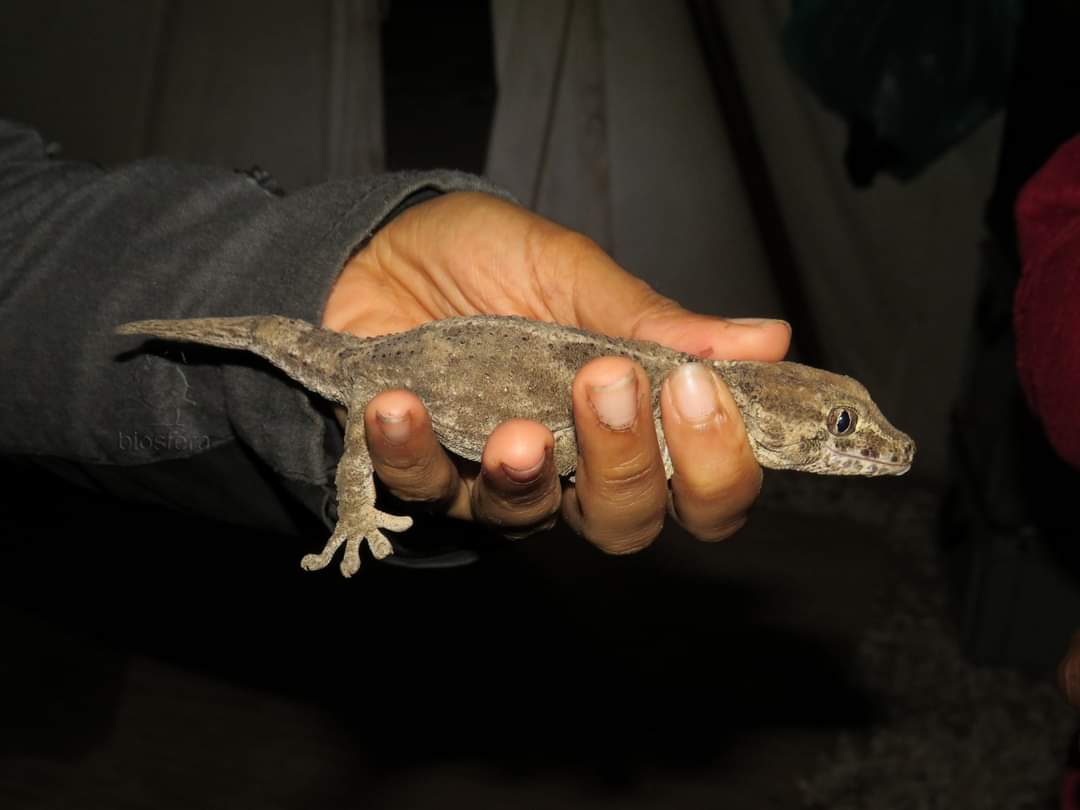
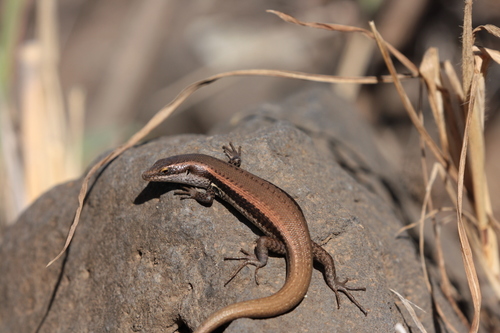
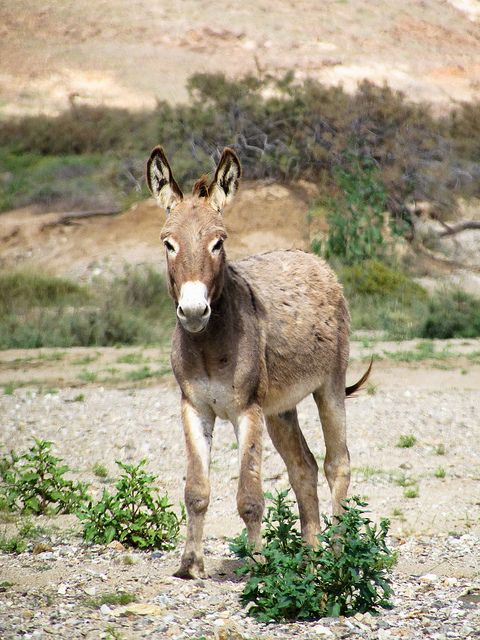
Birds of Sal island
The avifauna of Sal Island in Cape Verde is influenced by the island’s unique geographical and climatic conditions. Sal is part of the Barlavento islands and is characterized by its extreme flatness despite its volcanic origin. Its proximity to Africa exposes it to warm and dry Saharan winds, resulting in a very arid climate with limited vegetation in cooler months and a transformation into a greener landscape in the summer.
This climatic and geographical setting creates a habitat that supports various bird species. Although the specific types of birds present on Sal Island are not detailed in the sources, it is likely that the island hosts several species adapted to its arid environment. The bird life in Sal could include seabirds, given the island’s extensive coastal areas, as well as migratory birds that visit seasonally.
Typically, islands with similar conditions to Sal host bird species that are adapted to limited freshwater availability and can thrive in arid or semi-arid environments. The bird species in such regions are often skilled at finding food in challenging conditions, which may include insects, small reptiles, or seeds from the sparse vegetation.
Given Sal’s popularity as a tourist destination, with its beautiful beaches and water activities, the bird life on the island adds an additional layer of natural beauty for visitors. Birdwatching could be an interesting activity for tourists, especially along the coast and in more natural, less developed areas of the island.
Some of the notable species include:
- Greater Hoopoe Lark (Alaemon alaudipes): This desert lark has a magnificent white-and-black pattern in flight and is known for its beautiful ascending series of flutey whistles followed by a descending trill.
- Bar-tailed Lark (Ammomanes cinctura cinctura): This bird inhabits hot deserts and is characterized by sandy-buff upper parts and a domed head.
- Brown-necked Raven (Corvus ruficollis): A large black raven adapted to arid zones, recognizable by its slightly thinner bill and shorter tail compared to a common raven.
- Iago Sparrow/Cape Verdean Sparrow (Passer iagoensis): A small bird with plumage similar to the house sparrow, it exhibits sexual dimorphism where males and females have different appearances.
- Grey Heron (Ardea cinerea): Common in wetland habitats, this bird has distinctive grey plumage and nests colonially in tall trees.
- Western Cattle Egret (Bubulcus ibis): A small white heron often seen in dry habitats, rarely getting its feet wet, and known to congregate in flocks.
- Eurasian Spoonbill (Platalea leucorodia): A distinctive large white wading bird with a spatula-like bill, it inhabits wetlands with shallow water.
Additionally, the island hosts some seabird species, such as:
- Red-billed Tropicbird (Phaethon aethereus): Known for nesting in rocky cliffs and feeding on small fish and squid by plunge-diving.
- Cape Verde Little Shearwater (Puffinus boydi): An endemic species to Cape Verde, it nests in rocky areas and cliffs.
- Cape Verde Shearwater (Calonectris edwardsii): Another endemic species, it breeds from June to November and migrates to the south of Brazil and Uruguay.
- Cape Verde Storm-petrel (Hydrobates jabe jabe): Also endemic, with its breeding season and migration patterns less known.
- Bulwer’s Petrel (Bulweria bulwerii): Nests in rocky areas and cliffs, with a breeding season from June to September.
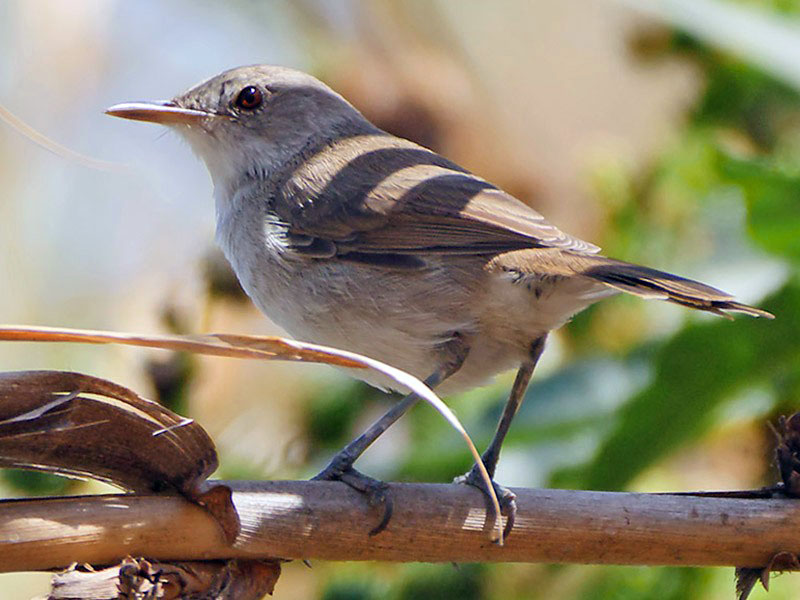
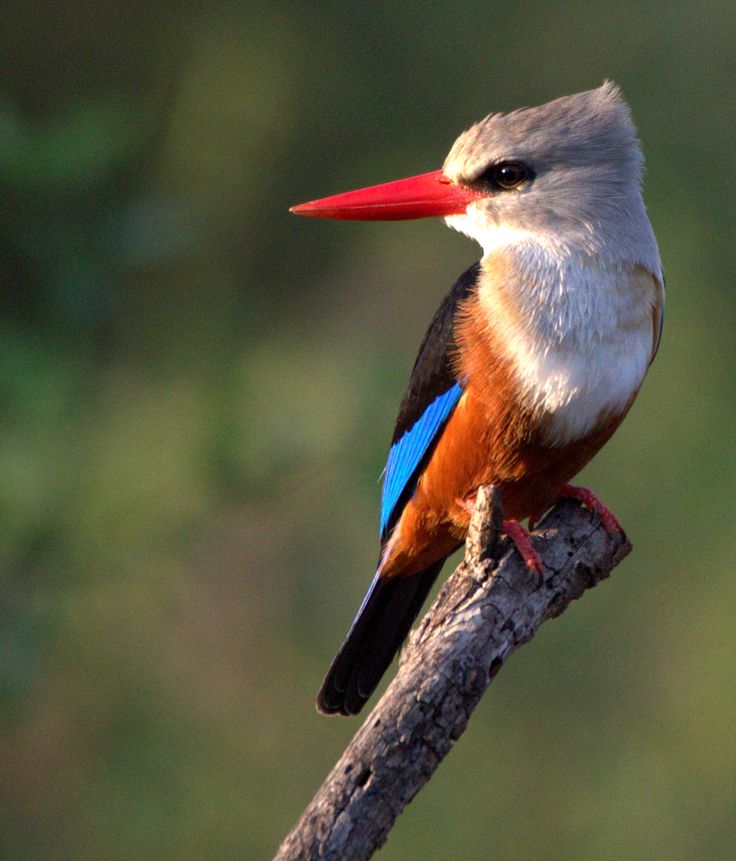
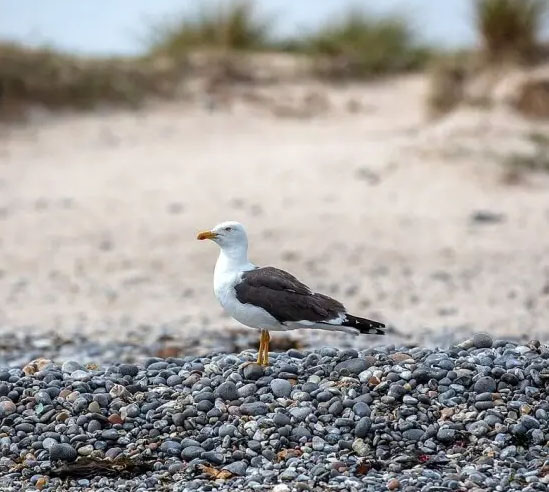
Marine life
The marine fauna of Sal Island in Cape Verde is as rich and diverse as its terrestrial and avian counterparts, offering a unique glimpse into the vibrant marine life of the region.
One of the most iconic marine species on Sal Island is the Loggerhead turtle (Caretta caretta). These turtles are a significant part of the island’s marine ecosystem, especially noted for their nesting activities on the beaches. The Loggerhead turtles face numerous threats, including accidental capture, pollution, and poaching. Conservation efforts on the island are focused on protecting these turtles, particularly during their nesting season from June to October. Volunteers and conservationists patrol nesting beaches to protect adult turtles and their nests, ensuring that more hatchlings have a chance to reach maturity.
In addition to turtles, Sal Island’s waters are home to a variety of seabirds, adding to the richness of its marine biodiversity. The Red-billed Tropicbird (Phaethon aethereus), known locally as Rabo-de-junco, is one of these seabirds. This species is particularly sensitive to environmental changes and is vulnerable to threats like predation from introduced species (such as cats, rats, and dogs), marine pollution, and illegal hunting. Efforts to protect this bird include habitat conservation and awareness programs.
Sal Island’s waters are also a haven for other marine species, such as small fishes and squids, which form a significant part of the diet of seabirds like the Rabo-de-junco. The island’s coastal cliffs and rocky areas provide critical nesting habitats for these birds.
Another significant aspect of Sal’s marine fauna is the presence of humpback whales, particularly in the spring. These magnificent creatures add an extraordinary element to the island’s marine ecosystem. The observation of these whales, either from the shore or via whale-watching tours, offers visitors an unforgettable experience. The presence of humpback whales highlights the richness of Sal’s marine biodiversity and the importance of conservation efforts to protect these majestic animals.
The marine ecosystem of Sal Island is under constant threat from human activities, including pollution, particularly plastic pollution, which affects both seabirds and marine turtles. Conservation efforts are crucial to protect these species and maintain the ecological balance of this unique marine environment.
